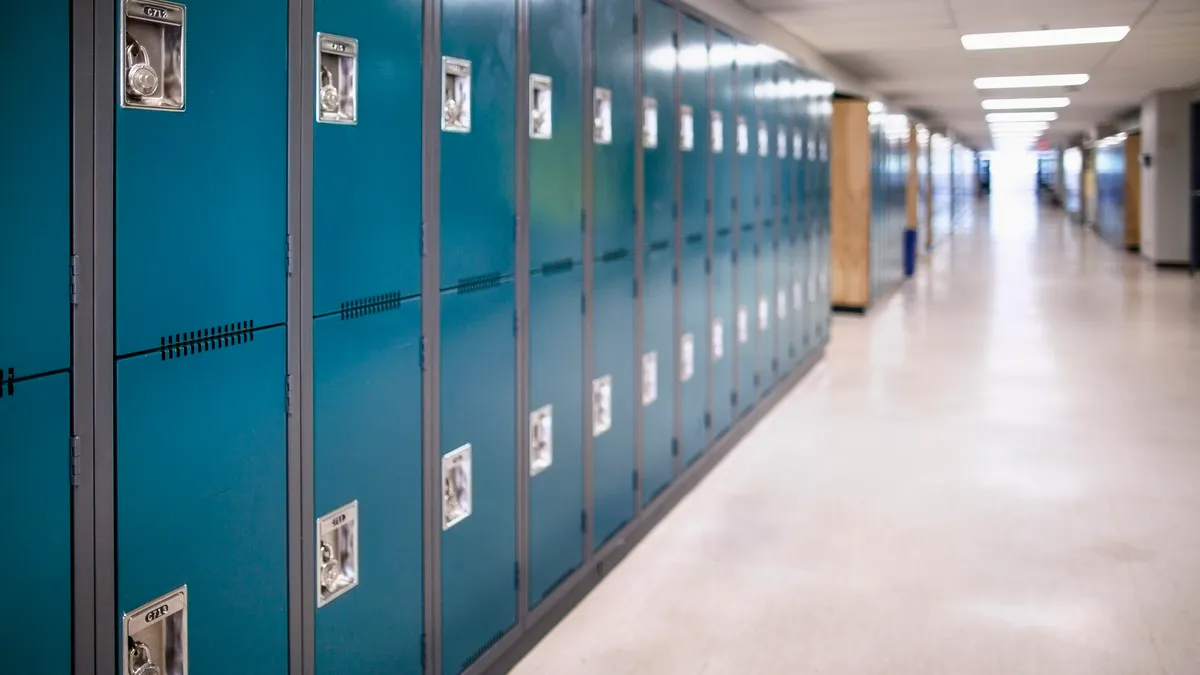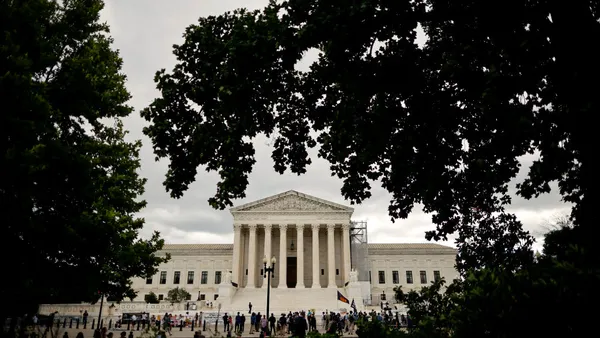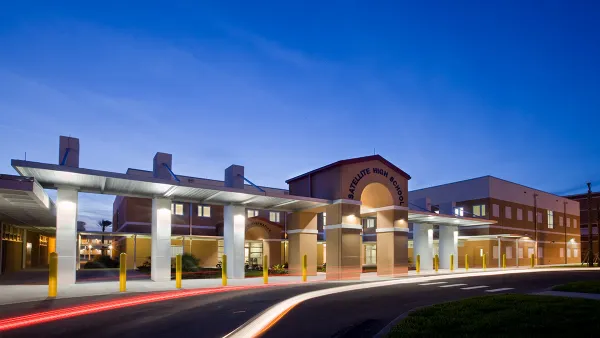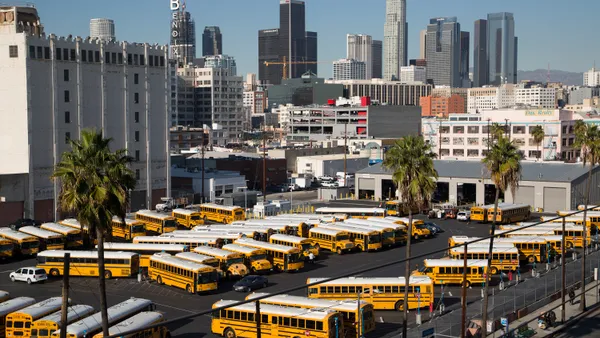Dive Brief:
- As COVID-19 raised concerns around the airborne spread of viruses in schools, proposed legislation in New Mexico would require all school districts to test their ventilation systems at least every five years.
- Each report must be completed by a certified technician or mechanical engineer and would include appropriate recommendations for the heating, ventilation and air conditioning infrastructure. Such measures may consider installing filters and carbon dioxide sensors, upgrading equipment, and making necessary replacements.
- Districts would be required to follow through on these recommendations, the legislation states. Other possible actions that schools might have to complete after these ventilation tests are general maintenance, reading and adjustment of ventilation rates, and filter replacements to meet a minimum efficiency reporting.
Dive Insight:
Schools need help and accountability to keep up with their growing infrastructure needs, including ventilation and HVAC.
While the New Mexico legislation would hold schools liable for making needed infrastructure adjustments, it does not include funding for ventilation or HVAC repairs, according to a bill analysis by the state’s Legislative Education Study Committee.
The unfunded mandate thus would leave school districts needing to find somewhere between $731 million and $2 billion to repair and replace their HVAC systems, according to the analysis. That would be on top of $2.4 million to $5.3 million needed for the ventilation tests each year.
“To meet the bill’s requirements, school districts and charter schools would be forced to rely on operational funding, federal Covid-19 relief funding, general obligation bonds, direct legislative appropriations, an award from the Public School Capital Outlay Council, or other local revenue sources to fund the new requirements,” the analysis said.
Although districts are encouraged to spend federal COVID-19 dollars for ventilation improvements, the deadline for committing the last of those funds is Sept. 30, 2024.
The American Society of Civil Engineers shared in its 2021 Infrastructure Report Card that 53% of districts nationwide report needing to update or replace building infrastructure, including HVAC systems.
Rural and mid-poverty schools are the least likely to report using multiple higher-cost plans to address school ventilation concerns, according to a June survey of 420 schools released by the Centers for Disease Control and Prevention.
However, some federal support is emerging to help high-needs schools and districts. In November, the U.S. Department of Energy announced up to $80 million in Renew America’s Schools grants would be made available, aiming to support rural or high-poverty schools with energy upgrades such as new HVAC systems.












